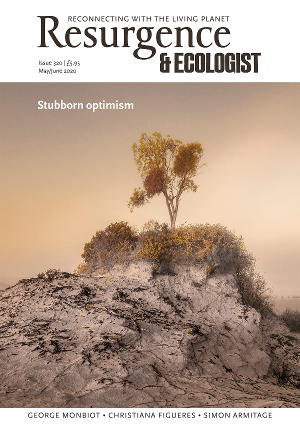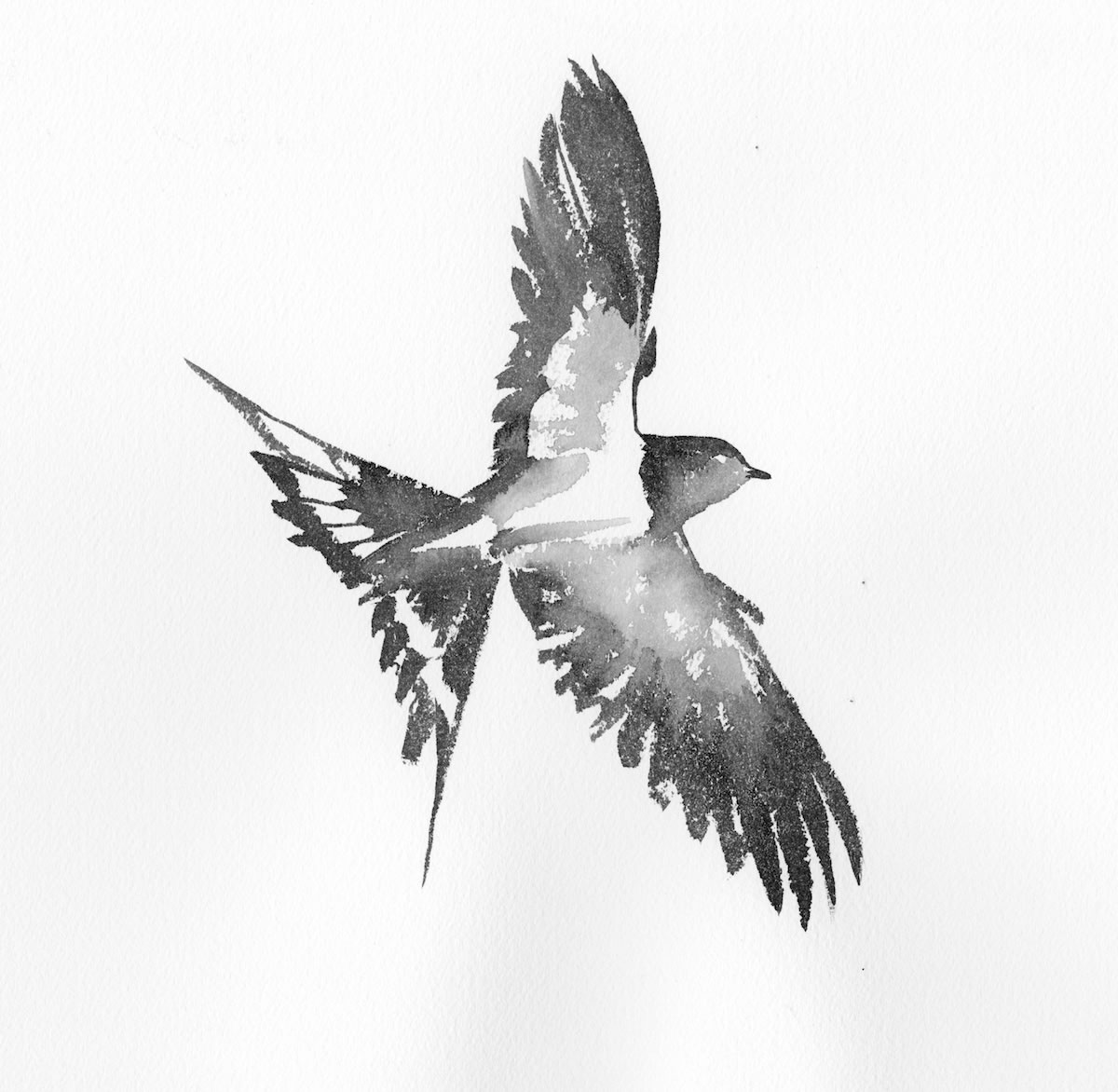A callout was made to the public to write letters in response to the climate emergency. They flooded in and, whittled down, form the contents of Letters to the Earth. Actress Emma Thompson, who briefly joined in with the Extinction Rebellion spring protests in London last year, kicks off with a non-polemical introduction – handy for reeling in those weary of being hectored into action. (And, yes, she flies – the climate emergency makes hypocrites of us all.)
Here are letters from the weary, the young (humbling in their effortless care and sensitivity), the privileged and the voiceless. Artists, scientists, teachers, actors, poets, religious leaders and an MP are among the contributors. Amidst the cries of sorrow, sadness and grief are some standout essays, alone worth the price of the book.
Minnie Rahman’s ‘Dear White Climate Activists’ deserves to be universally read. We cannot, she argues, swap one form of structural injustice for another. That way failure lies: “It’s high time that the communities already affected by climate change are put at the centre of this debate… [This] will ensure that we are responding to the climate crisis with solutions that holistically challenge the social, economic and political structures that caused it. Any movement that doesn’t empower these voices, and isn’t inclusive will fail to create the critical mass of people that is needed…” How illuminating it would be to read a Letters to the Earth: Part Two comprised solely of such voices.
Martin Shaw expresses the heretical idea that – whisper it – all things must end, including humankind. “Though it is a historical inevitability, a biological place-holder, could we start to explore the thought that earth may appropriately proceed without us?” At the same time, he invites us to hold a contrary position, for the idea that it may be all over for us but not for the Earth is, to put it mildly, a bit of a downer. “Do you have any idea how offensive that is to the gods? To any amount of offended magics? Especially to your children? To the perpetual and ongoing miraculous?” The mythologist startles us into re-examining the stories we tell ourselves.
Laline Paull adopts a child’s-eye view – her own, perhaps. What Nature offers to this 7-year-old is a mysterious, wordless connection and comfort. Using a stem of grass and a blade of it as her “papyrus”, she composes letters to her friends, the worms, through a little green postbox on the lawn, the air-vent of an old bomb shelter. “Now it is a portal to a subterranean universe where … a child’s secrets may be unburdened.” This is what is at stake too: the loss of imagination and magic and sweetness.
The Samaúma, a tropical tree native to parts of Latin America and the Caribbean, we learn, speaks powerfully on behalf of the great rainforest: “I cry and lament, I mourn the pain of my Amazon…I am shouting against the disrespect for my beloved forest, the lack of an eco-consciousness.” The Samaúma’s emotive pull – as channelled by the Bishop of the Anglican Diocese of the Amazon and the Artisan Indigenous Women Association from the Alto Rio Negro – is greater than any intellectual discourse.
But it is the indomitable, incandescent spirit of the late ecocide campaigner Polly Higgins that lifts us all, providing succour: “When you look at it, ninety-three people in the world, that’s it. They happen to be heads of state, but they’re just people… They hold the outcome for people and planet, those ninety-three people. That’s nothing. We can make [change] happen. I see no reason why not.”
The personal, the poetic, the dramatic, the salvo, the call to action: it’s all here, in this timely anthology.







